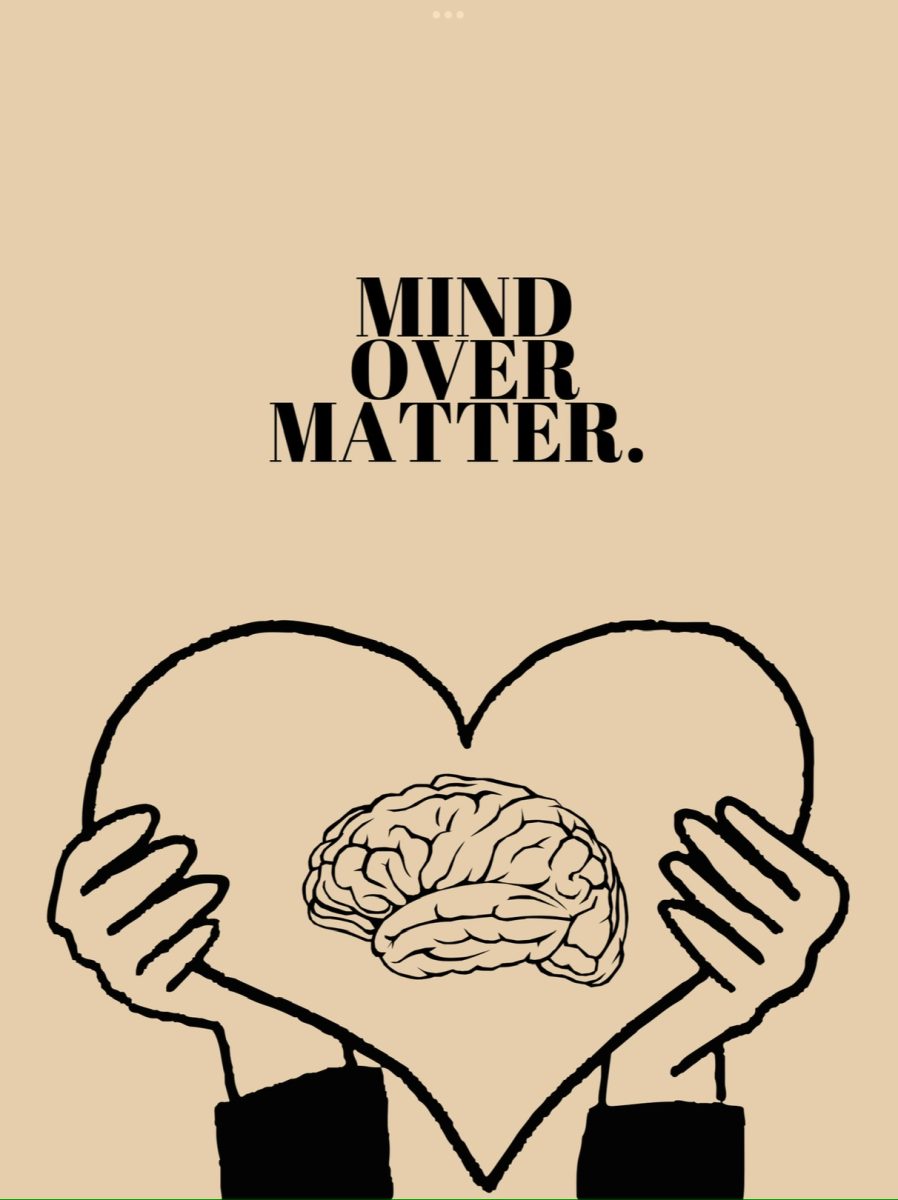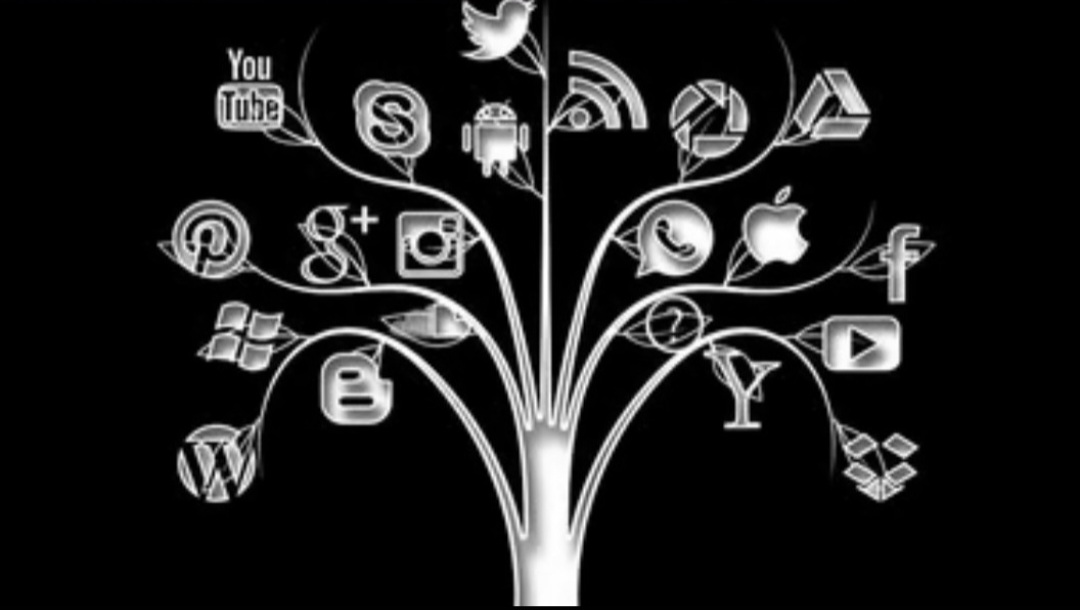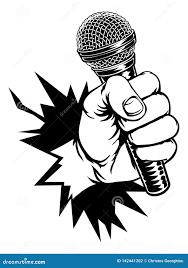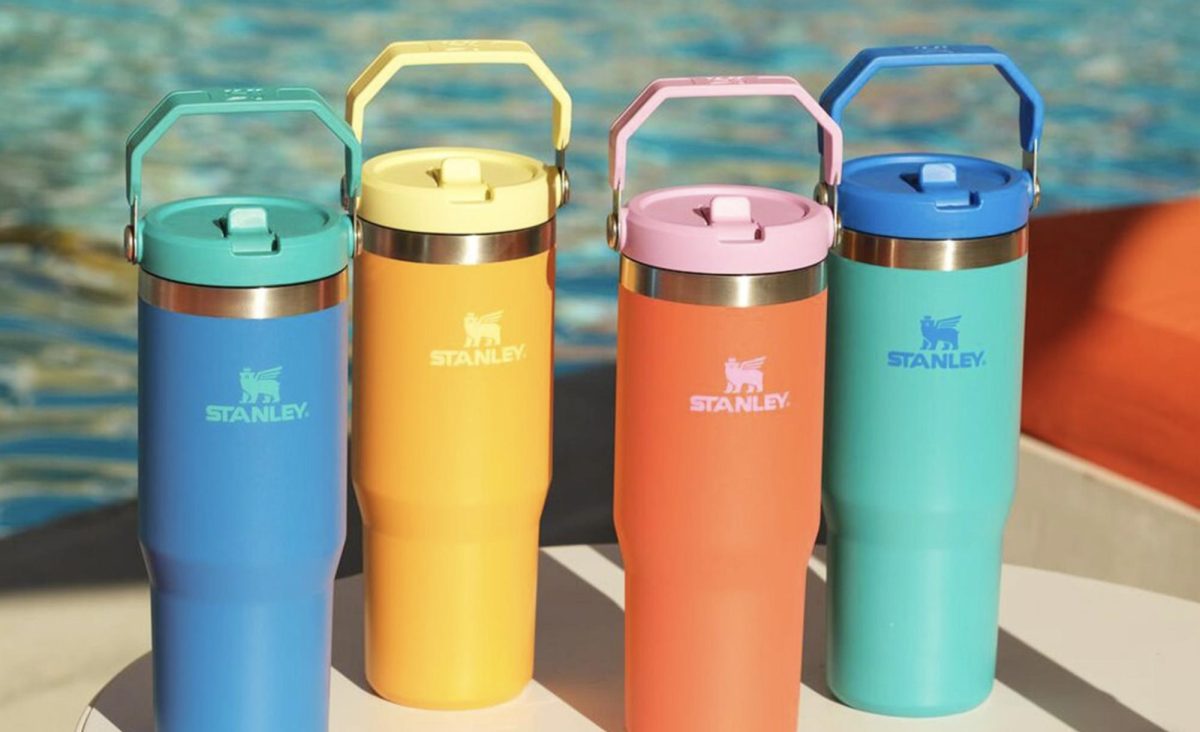Retraction notice: the original finalization dubbed norepinephrine as a “wind-down” chemical, and was changed to accurately define norepinephrine as an “alert” chemical.
School exists to teach us the will of our species, but I never quite understood the animal kingdom.
The kingdom exists due to us humans’ convinced obligation to separate what we have never known from what we consistently do. It’s a concept that, in terms of Leon Festinger’s cognitive dissonance theory, we can’t always help. We love order, and it would be initially uncomfortable to stray from it. But the need to, in consequence, create an “us” and an “others we aren’t” is the venom of empathy.
We belong to the same species because we belong to the same Earth. Some humans have grown to rely on material and environments that no others do. They thrive off a reliance on a smaller, altered, poisonous world that endangers and deserves to be halted. But it takes a great deal of empathy for any “outsiders” to prove best interest is at heart.
If it is not given, we may never understand the unison and the help needed.
If we pester a fish for its polluted water, we may never efficiently filter the tank.
I’m a student attending a public high school. A zoo— in the words of some folk I’ve shared the air with. A student racking up their seventeenth absence in geometry class and smoking for the fifth time during the hour, I’ve found, is often treated like the subject of a caution-taped cage.
And that’s the issue.
No fewer kids smoke weed or vape consistently than did my freshman year, and not many different kids either. I sometimes wonder about that firm scold I’ve heard them being given. It could potentiate into productivity with, rather, a question.
What’s going on?
An anonymous Google Form asked high school students with experience battling addiction about their experience. In the words of a respondent, “My addiction was a result of my poor mental health at the time.”
They are not alone.
Research supports a direct correlation between mental health and the chemicals associated with addictive substances. The correlation, devastatingly, works both forwards and backwards.
American Addiction Centers is an addiction treatment chain that provides digital resources aiding those struggling with substance abuse. In 2022, the initiative concluded that nearly one-third of individuals suffering from depression also suffer from a substance abuse disorder. The Recovery Village, an initiative that sets up rehabilitation centers throughout the United States, finds that twenty-percent of folks diagnosed with anxiety also live with a substance abuse disorder. This is explained by stimulants’ and depressants’ purpose of altering an intaker’s perspective and thought process, seen as a way to self-medicate. They are seen as a mechanism of distraction from emotional symptoms promoted by depression and anxiety.
But simultaneously, chemical depressants worsen symptoms of depression and can deregulate mood when reaching the brain. They can prohibit production norepinephrine, our “alert” chemical, while fluctuating production of serotonin, our “feel good” chemical. Even stimulants releasing these chemicals can bolster the symptoms, for a brain deprived of them when previously accustomed tends to feel emotional lows in their absence. Here, the medicine that is sought is the poison that is received.
With this, it can be inferred that folk battling addiction may be fighting a second battle with mental health. That is why handling addiction with compassion is of the utmost importance.
A scold prompts immediate action to address the reasoning behind its existence— seizing a substance while attempting to turn concern into recovery. But when concern is expressed by way of strict words and tone, compassion can become invisible.
A common extension of depression and anxiety is the idea of all-or-nothing thinking, a cognitive distortion that views situations through a fully black-or-white lens. A given thought or experience has little range with which to interpret itself, for the mind decides that only one extreme or its opposite must be correct.
These psychological disorders also commonly manifest in negative self-perception and heightened emotional sensitivity. When an allotment of disappointment is expressed rather than sincere and visible concern, folk living with these mental health disorders may feel as if they and their struggles are not respected and do not deserve to be. They may feel ashamed, as if they are being viewed in a merely negative light. This could decrease their will to communicate their struggles to such authority, and only furthermore contribute to their symptoms and addiction.
Mental health professional and Eastern’s Student Assistant Coordinator Jalesah Brooks works with high school students battling mental health struggles and trauma. She responded to a question regarding the impacts of inflicted shame on these students, “I’d imagine that if you are made to feel ashamed, it makes you want to hide into yourself more. It may increase your usage, because ‘oh, what I’m doing is wrong, and I don’t want people to know about it.’ But then when you feel isolated, you feel like you can’t share, and you don’t know how to cope. Usually, people can get caught up in a cycle.” Her commentary goes to show that inflicted shame may prove to be counterproductive in addressing its purpose.
Brooks suggests that “we can game plan with them, like, ‘there’s this service, there’s this local service, here are some phone numbers to agencies you can call.’”
The aforementioned anonymous Google Form asked for other solutions schools could offer to prioritize both rehabilitation and mental well-being. One student offered “providing more understanding towards students’ circumstances and helping them wean off of their addiction through nurture rather than by force.” A separate student supported that idea, advocating for “therapy and giving the student a space for themselves when things get too much.” Another student expressed that they “think [administration] should be supportive by offering support groups for those who want to join, and have an anonymous write-in to let students express how they feel and get feedback without any names being disclosed.”
With these solutions, substances can be gently and calmly taken from hands rather than yanked. A school in which helpful resources are promoted and authoritative trust is built can make its students more likely to utilize the two factors, seeking the help they deserve.
Another common method utilized by administration to address student substance abuse is the call home. A given student is typically sent to their school’s office as guardians are immediately notified to pick them up. Brooks ultimately understands this as the safety precaution it is, stating that “if they’re a minor, the school knows about it, and the parent doesn’t know about it, but it can be detrimental to the student, it just sounds a little funny. It’s like, ‘how do I know this information about a student that their own parent doesn’t know?’”
She elaborates on why it is the default solution in high schools. “That’s the person you’re going home to after school, and they’re the only other person that can probably keep eyes on you. We have to tell.”
Her responses support both law and school policy, and ultimately exist as another possible rehabilitation effort. However, Healing Hearts Child Advocacy Center does find that sixty-eight percent of child abuse is committed by a family member. This begs the bigger question as to what the students may be going home to.
Abused folk may not always open up about their abuse. This could be because of many reasons, such as a fear of retaliation if word gets to their abuser, a lack of trust with other authorities, and even a personal normalization of such abuse. When inching any student towards the recovery process, we should keep all backgrounds in mind and accommodate to them.
As Brooks advocates, “we could approach students with more curiosity as to what’s going on in their lives. How can we ensure this student knows that we have their best interest in mind and that they can tell us what’s going on and how they think their parents are going to respond?” This approach can steer more toward transparent conversation with the student, increasing their chance of opening up about their home situation. Every abused student is different, and some may still stay silent. But every student deserves to know they and their unique experience is cared for.
Brooks provides her wisdom once again to explain what this may look like.“If a student has a bad home situation, things can get a little tricky. That’s why you hope that systems like DCP&P (Division of Children Protection and Permanency) can do their jobs when we have to make these tough decisions.” If abuse is discovered or disclosed, a support system outside of home can cater to the student’s well-being.
If supportive questions are asked and alternative action is taken when prompted, we could steer a student towards safety effectively.
School exists to teach us humans the will of our one species, and empathy deserves to see the forefront of that. If we continue to prioritize immediate and simple action without fully comprehending any consequences and pitfalls within it, we could worsen our initial mission. Every high school student deserves a life free of addiction, and it starts with prioritizing their minds as well as exposing them to safety and possibility.
If we pester a fish for its polluted water, we may never efficiently filter the tank.








